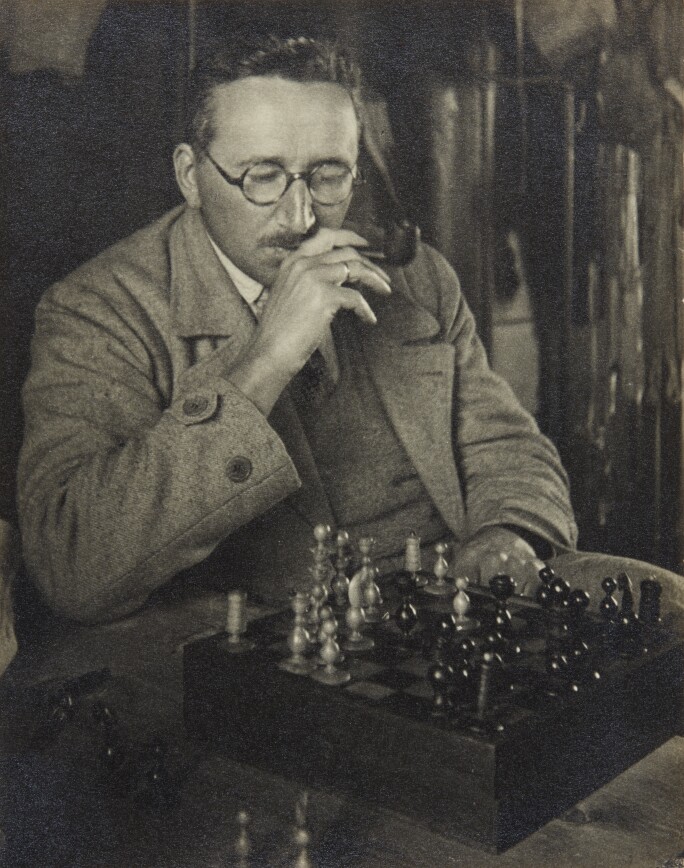I n 1976 Friedrich Hayek wrote The Denationalization of Money. Published two years after the economist was awarded the Nobel Prize, the book argued for the end of the government’s monopoly on currency.
The 1970s saw huge inflation, rising unemployment and sky-rocketing interest rates. Hayek, and many others, blamed the government and their monopoly of currency. Hayek suggested a de-monopolisation and private alternatives. William Luther explains: “Under Hayek’s proposal, private individuals and businesses would be free to offer their own monies to compete with the government-issued irredeemable monies already in circulation.”
The challenge that Hayek sets himself in the introduction is worth quoting at length.
“In my despair about the hopelessness of finding a politically feasible solution to what is technically the simplest possible problem, namely to stop inflation, I threw out in a lecture delivered about a year ago a somewhat startling suggestion, the further pursuit of which has opened quite unexpected new horizons…The further pursuit of the suggestion that government should be deprived of its monopoly of the issue of money opened the most fascinating theoretical vistas and showed the possibility of arrangements which have never been considered.”
In 1976, after a financial recession that was blamed on the government, Hayek proposed taking the monopoly of currency away from the government and decentralizing money.
Thirty years later, the financial crisis of 2007 saw huge inflation, rising unemployment and sky-rocketing interest rates. It was considered the most serious financial crisis since the 1930s. Once again, the government’s monopoly on currency was questioned. On 3 January 2009, the first bitcoin was mined.
It was Hayek’s theory made practical.
Bitcoin was proposed in by Satoshi Nakamoto in a 2007 paper titled Bitcoin: A Peer-to-Peer Electronic Cash System. It is a form of decentralized electronic digital currency with no administrator or bank, relying on a public ledger or ‘block chain’ which records and validates transactions.
Hayek’s theory in the Denationalization of Money was that not only would the currency monopoly be taken away from the government, but that the monopoly on currency itself should end with multiple alternative currencies competing for acceptance by consumers. (Hayek’s presumption at this point is that the stable currencies would eventually be preferred.) Cryptocurrencies continued to follow in the economist’s vision. Since the creation of the first bitcoin, 4,000 crypto alternatives have been created.
Although the cryptocurrencies of today may be beyond that of even Hayek’s imagination, the comparisons with Hayek’s 1976 theory are unavoidable.
Hayek concludes in his 1976 work: “The abolition of the government monopoly of money was conceived to prevent the bouts of acute inflation and deflation which have played the world for the past 60 years. It proves on examination to be also the much needed cure for a more deep-seated disease: the recurrent waves of depression and unemployment that have been represented as an inherent and deadly defect of capitalism.”





